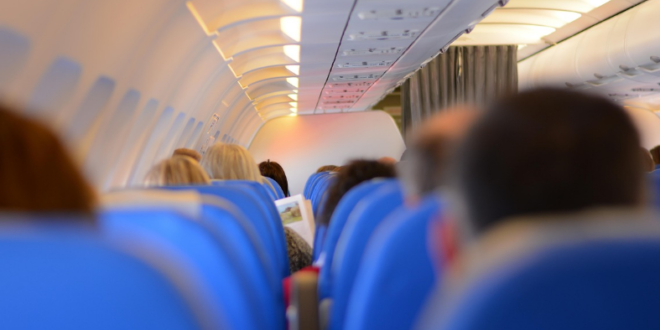Budget airlines have revolutionized air travel, making it possible for millions of people to fly at a fraction of the cost of traditional carriers. But how do these airlines manage to keep their prices so low while still remaining profitable? Here are the key strategies they use.
1. No-Frills Service
Budget airlines cut costs by offering only the essentials. Passengers pay for extras like seat selection, checked baggage, in-flight meals, and priority boarding. This a la carte pricing model allows travelers to choose what they pay for, reducing overall ticket prices.
2. High Aircraft Utilization
To maximize efficiency, budget airlines ensure their planes spend more time in the air and less time on the ground. Quick turnaround times between flights mean they can operate more routes per day, increasing revenue without significantly raising operational costs.
3. Secondary Airports
Many budget carriers use smaller, less congested airports that charge lower landing fees compared to major international hubs. These airports also help airlines avoid air traffic delays, further improving efficiency and cost savings.
4. Single Aircraft Type
Budget airlines typically operate a single type of aircraft, such as the Airbus A320 or Boeing 737. This simplifies maintenance, training, and spare part logistics, cutting operational costs significantly.
5. Direct Sales and Online Bookings
By selling tickets directly through their websites and avoiding travel agents, budget airlines save on commission fees. They also encourage online check-in, reducing the need for staffed check-in counters at airports.
6. Dense Seating Arrangements
Low-cost carriers maximize the number of seats on their planes by using slimline seats and reducing legroom. More passengers per flight mean more revenue, which helps lower ticket prices.
7. Minimal Staff Costs
Budget airlines streamline their workforce by having fewer cabin crew members, requiring pilots to perform additional duties, and paying performance-based salaries. This lean staffing model helps control labor costs.
8. Fuel Efficiency
Many budget airlines operate newer, fuel-efficient aircraft that reduce fuel consumption. They also adopt cost-saving measures such as flying at optimal speeds and reducing unnecessary weight onboard.
9. Ancillary Revenue Streams
Since ticket prices are low, budget airlines rely on additional revenue streams, including fees for extra baggage, in-flight food and beverages, advertising, and co-branded credit card partnerships.
10. No Frequent Flyer Programs
Unlike full-service carriers, budget airlines avoid costly loyalty programs that require managing miles, points, and reward redemptions. Instead, they focus on keeping fares low to attract price-sensitive travelers.
Final Thoughts
Budget airlines keep their fares low through a combination of operational efficiency, cost-cutting strategies, and revenue diversification. While passengers may sacrifice some comforts, the affordability and accessibility of air travel have made budget airlines a game-changer in the industry.
 Travellers Club The Travellers Club, a free to join on-line club for everyone who loves to travel.
Travellers Club The Travellers Club, a free to join on-line club for everyone who loves to travel.









